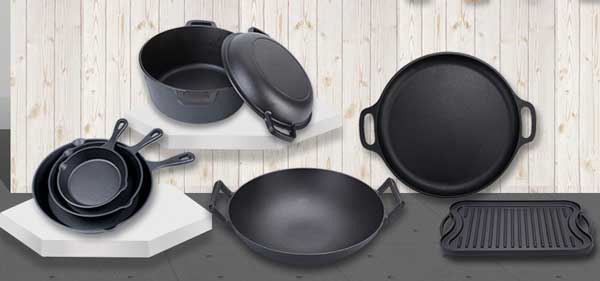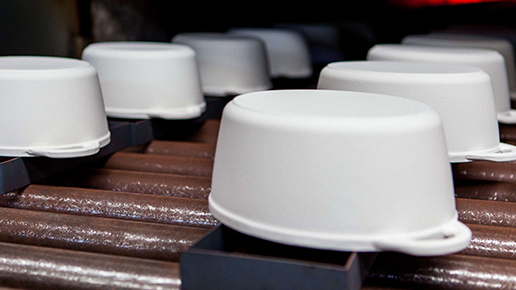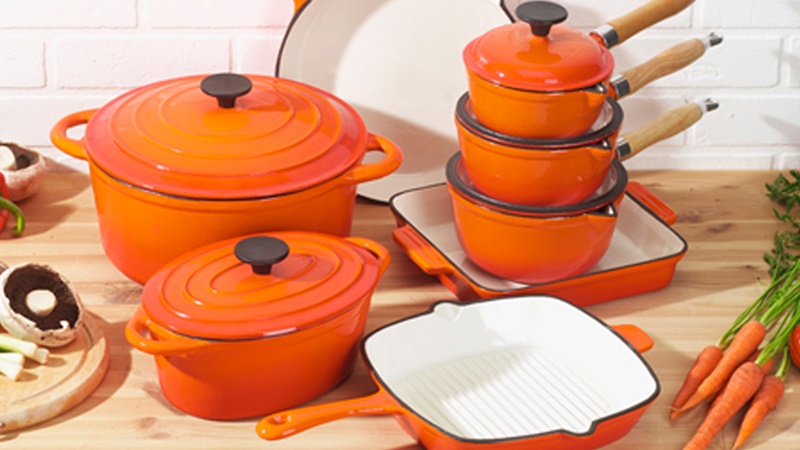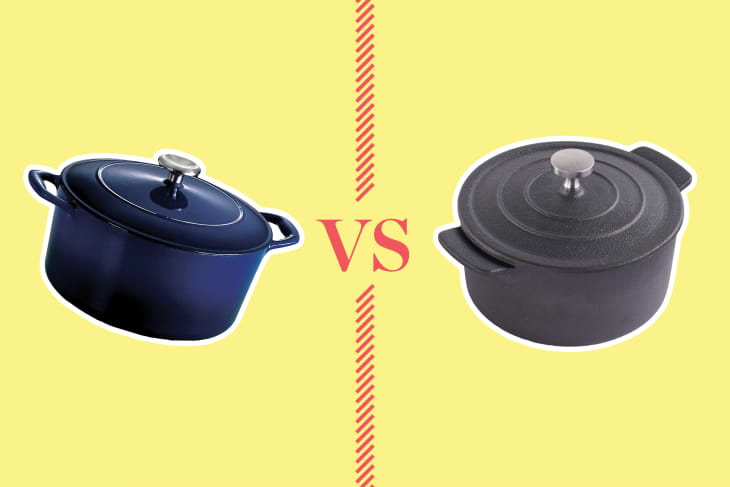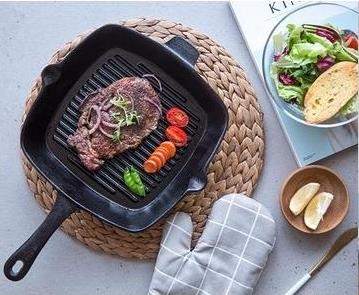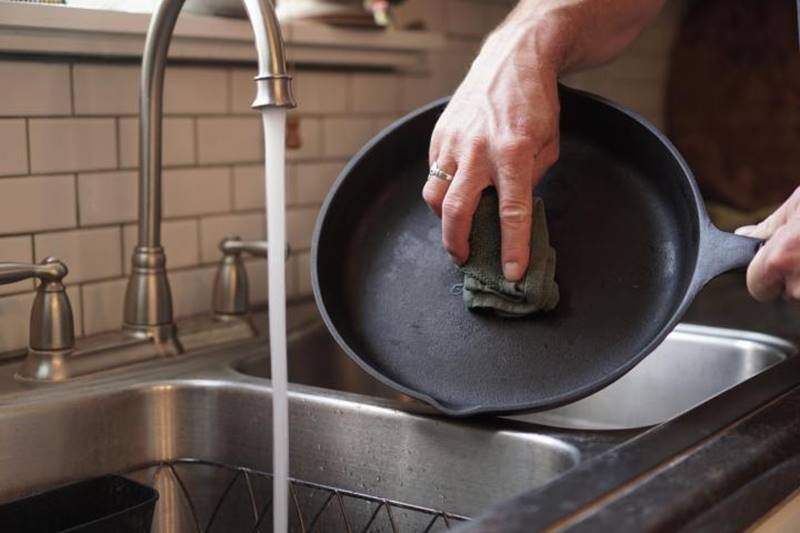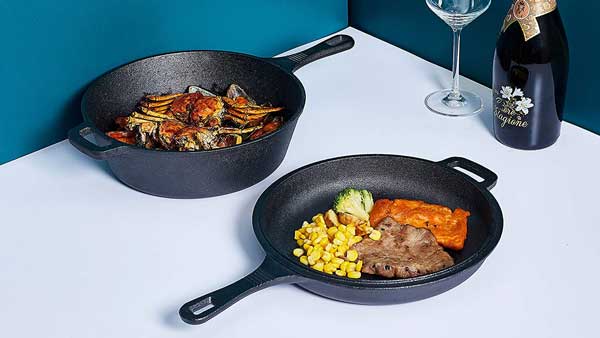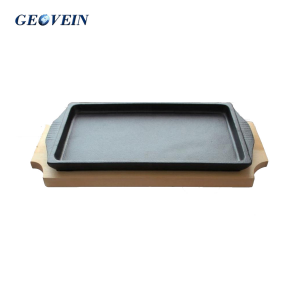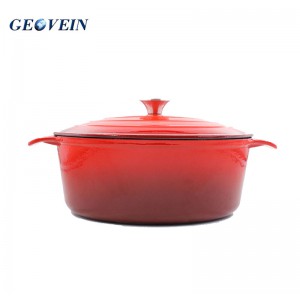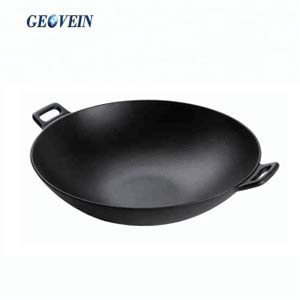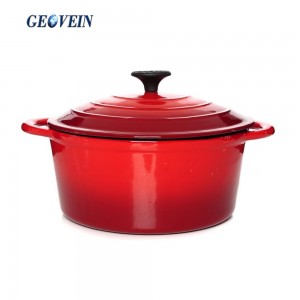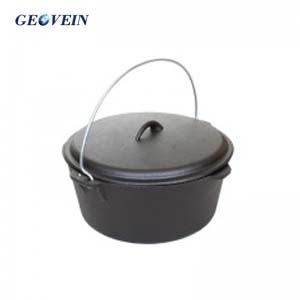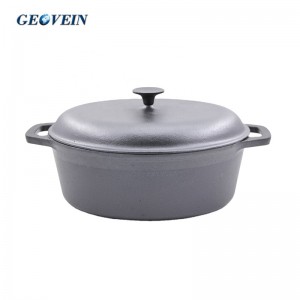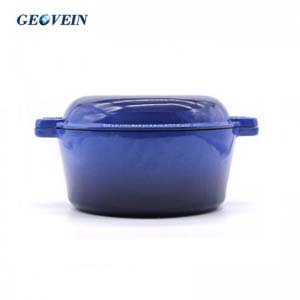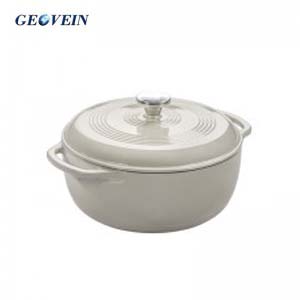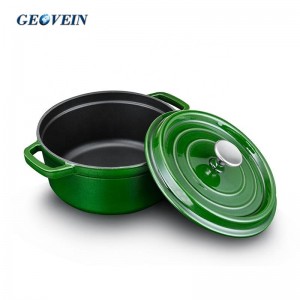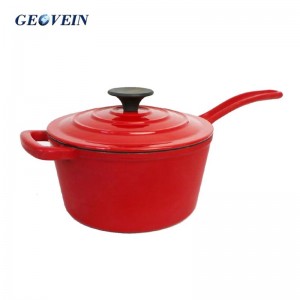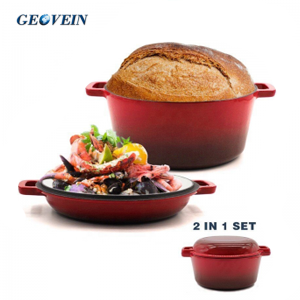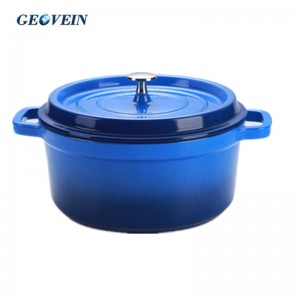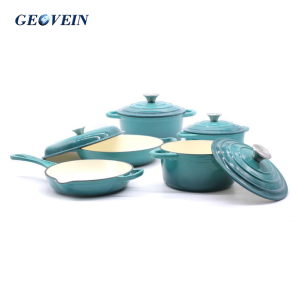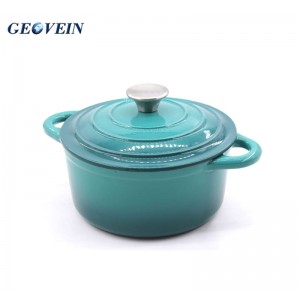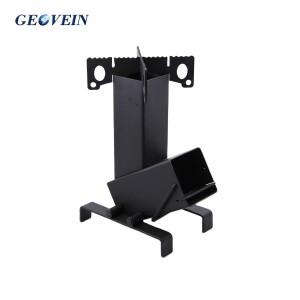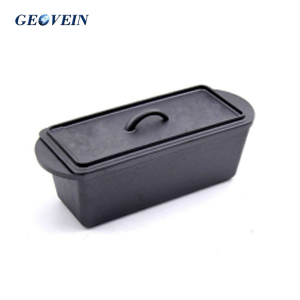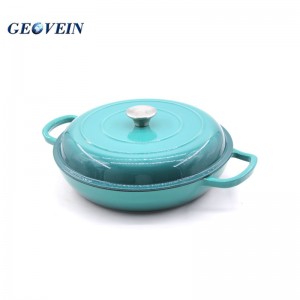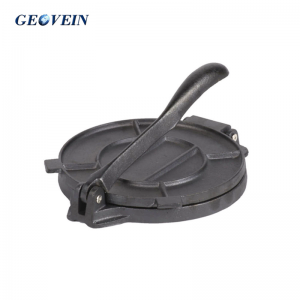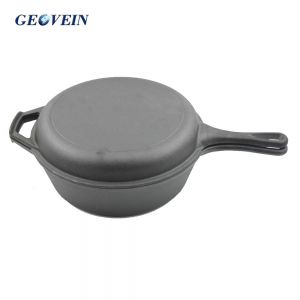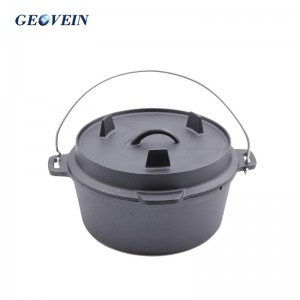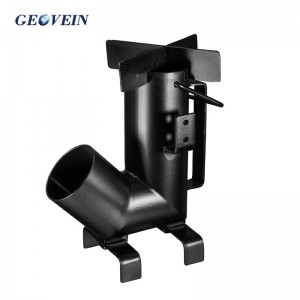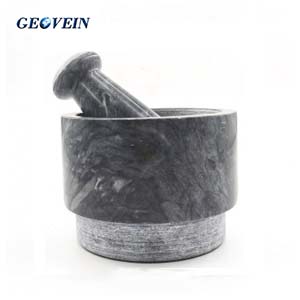What Is Cast-Iron?
Cast-iron cookware is made from the melted iron cast as a single metal piece, including the handle. It can withhold and maintain high temperatures, making it an excellent choice for the open flame and is a great option for frying and searing. Iron pots are also an ideal choice for braised dishes and long-cooking stews.
Cast-iron cooking utensils are thicker than similar-sized cookware and capable of storing heat longer than other materials. The thermal mass feature in cast-iron heavy-duty pots and pans allows them to retain heat for an extended period and continue cooking food after removing the heat source.
Types of cast-iron cookware include
skillet, deep fryer, seasoned Dutch oven, enameled Dutch oven, flat-top grill, waffle iron, wok, karahi, crepe maker, and more. Cast-iron does best in the outdoors and makes a classic staple for camping. A large pot that holds up well in the open fire, plus you don’t have to worry about ruining the finish.
However, when it comes to cleaning, the cast iron should be wiped after use or washed in mild soapy water with a stiff brush and then reapplied with a thin layer of fat or oil.
Old Cast Iron Making Methods
From the late 1800s to the mid-1900s, cast iron was all made by hand. Iron and scrap steel were melted down and then poured by an ironworker into the mold. This hand pouring had a level of control that allowed for more intricate designs and the resulting pan was several pounds lighter than its modern counterparts.
The resulting pan was then ground down, or milled, using stone. These pans were sold unseasoned to the consumer. They had a super smooth, satin-like finish that appeared a little darker due to the extra light reflection. The entire process of making the cast iron pan took at least 3 days.
New Cast Iron Making Methods
New cast iron cookware is made by machines in approximately 90 minutes. After the iron/steel mixture is melted, it is poured into molds made of sand, powdered clay, and water. The cast iron is tumbled to remove any extra sand from the mold by machine.
Part of the reason why these pans are made in such a short period of time is that the manufacturers have cut out the polishing step in the process. These pans are not ground smooth like their predecessors. Dropping this step helped to keep pricing competitive. They have a pebbly, rough finish and are dark grey in color. They are also usually pre-seasoned in the factory shortly after they are made.
You have two choices if you're buying a traditional cast iron skillet:
bare or pre-seasoned. Bare skillets require you to season the pan yourself before use. It's increasingly common to find pre-seasoned skillets, though, which have a layer of protective seasoning already built up by the maker. Geovein Cast iron companies say this allows you to cook with the skillet straight from the box (in other words, no pre-seasoning required), but it's worth noting that no cast iron pan is nonstick right out of the gate.
Enameled cast iron
like the cookware from Geovein, has a porcelain coating that doesn't require nearly as much care as traditional cast iron (that is, it doesn't need to be seasoned). Still, it won't develop seasoning or become more nonstick over time.

